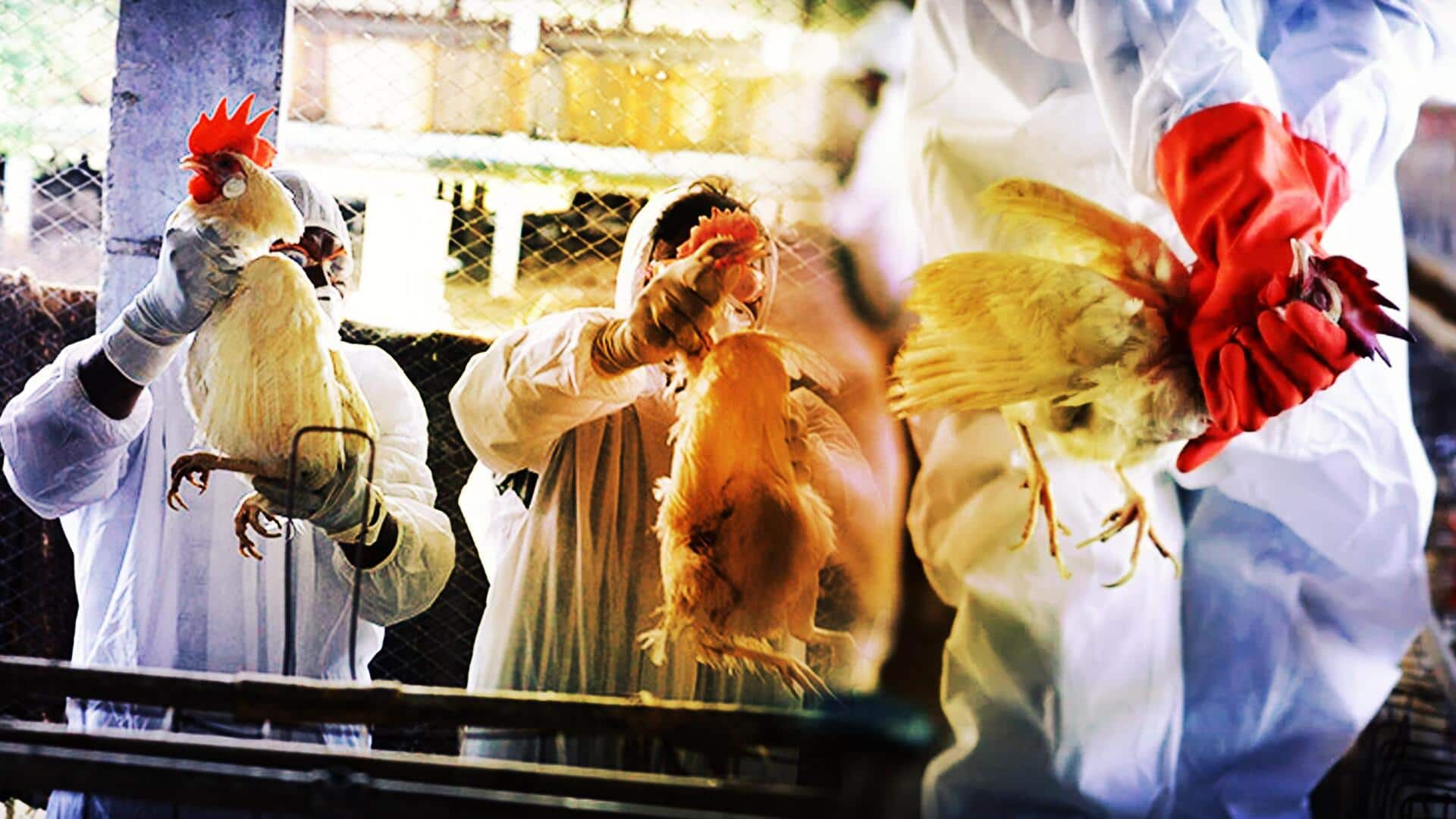
Explained: US bird flu outbreak, concerns of next pandemic
What's the story
The diagnosis of the H5N1 bird flu virus in a Texas farm worker in the United States, the second human case in the United States, has raised concerns. The virus has also been detected in dairy cattle across five states in the country. The US Centers for Disease Control and Prevention (CDC) has confirmed this as the first instance of bird flu transmission to dairy cattle within the country. Here's what we know about it.
Disease profile
Understanding the H5N1 bird flu strain
Bird flu, also known as avian influenza Type A, is a highly infectious disease that primarily affects birds. The H5N1 strain was first identified in domestic waterfowl in China and has since spread globally through migratory birds. Recently, this strain has jumped from birds to mammals, including a variety of species from sea birds to cows.
Human cases
Global impact of H5N1 on human health
Human cases of bird flu have been sporadic since an outbreak in Hong Kong's poultry industry in 1997. While most human infections have been reported in Asia, there have also been cases in Africa, the Americas, and Europe. According to the World Health Organization (WHO), between 2003 and 2024, there were 887 human cases of H5N1 with an estimated fatality rate of 52 percent.
Pandemic threat
Experts warn of potential bird flu pandemic
Despite the relatively low number of human infections, many have resulted in fatalities. Experts warn that a bird flu pandemic could pose a greater threat than Covid-19. John Fulton, founder of Canada-based pharmaceutical company BioNiagara, stated that the H5N1 strain "appears to be 100 times worse than Covid." Dr. Suresh Kuchipudi, a bird flu researcher in Pittsburgh, Pennsylvania, added that "now we are getting dangerously close to this virus potentially causing a pandemic."
Transmission details
Current transmission dynamics of bird flu
The virus has not yet evolved to transmit from one person to another. Most humans diagnosed with bird flu worldwide have had close contact with infected birds or mammals but have not transmitted the disease to other humans. The patient in Texas is believed to have contracted the virus from infected dairy cows, marking the first instance of cow-to-human spread of bird flu. The only symptom exhibited by the infected farm worker was eye redness or conjunctivitis.